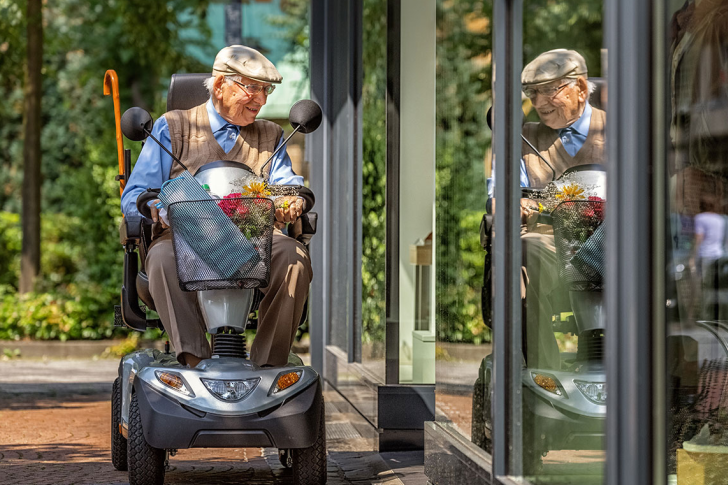Eligibility Criteria for Affordable Mobility Scooters for Seniors
As the senior population continues to grow, mobility scooters have become an increasingly popular aid for maintaining independence and enhancing quality of life. These vehicles are crucial for seniors who face mobility challenges due to conditions like arthritis, obesity, or cardiovascular issues. However, the cost of mobility scooters can be a barrier for many. Fortunately, there are specific eligibility criteria and programs designed to make these essential devices more affordable. This article will outline these criteria and offer guidance on how seniors can access affordable mobility solutions.

Understanding Mobility Scooters
Mobility scooters are battery-operated vehicles designed to assist those with mobility impairments. They range from small, three-wheeled models suitable for indoor use to larger, four-wheeled versions capable of navigating outdoor terrains. Depending on the features and type, the price of a new mobility scooter can range from $800 to over $4,000. This price range means that for many seniors living on fixed incomes, owning a mobility scooter can seem financially out of reach.
Federal and State Assistance Programs
One of the first resources seniors should explore is the assistance provided through federal and state programs. Medicaid, for instance, might cover part or all of the cost of a mobility scooter if it is deemed medically necessary. This typically requires a doctor’s prescription and proof that the scooter is essential for the senior’s daily living activities. Each state has its Medicaid program guidelines, which means coverage can vary significantly from one state to another.
Medicare Part B also offers potential support, covering durable medical equipment (DME) including mobility scooters. To qualify, seniors must have a Medicare-approved doctor certify that the scooter is a medical necessity for use in the home. Medicare Part B covers 80% of the cost after the deductible, with the senior being responsible for the remaining 20%. It is crucial for applicants to purchase their scooter from a supplier enrolled in Medicare to take advantage of this benefit.
Non-Profit Organizations and Charitable Programs
Several non-profit organizations provide financial assistance for seniors needing mobility scooters. For example, organizations like The Senior Mobility Initiative and Friends of Disabled Adults and Children (FODAC) offer programs that help seniors obtain mobility devices at reduced costs or even no cost. These programs often rely on donations of used scooters, which are then refurbished and provided to those in need.
The availability and type of support can vary widely, so it’s essential for seniors and their caretakers to reach out to local charities and non-profits to inquire about available assistance. Connecting with local senior centers and health clinics can also provide leads on regional programs offering support.
Evaluating Third-Party Insurance
For seniors with private insurance, it’s worthwhile to contact their insurance provider to determine if any coverage is provided for mobility scooters. Some private health insurance plans might cover similar items if they represent a medical necessity prescribed by a doctor. Coverage details, like reimbursement rates or co-pay amounts, can significantly affect the affordability of a mobility scooter.
Grants and Other Funding Options
Grants are another avenue that can provide financial relief for seniors needing a mobility scooter. For instance, the Assistive Technology (AT) Act provides state grants aimed at increasing access to assistive technologies. Seniors can contact their state’s AT program for information about grants for which they might qualify. Additionally, veterans may find assistance through the Department of Veterans Affairs if their need for a mobility scooter is connected to their service.
Choosing the Right Mobility Scooter
While securing funding is crucial, choosing the right mobility scooter is equally important. Seniors should consider their physical needs, the scooter’s weight capacity, and where the scooter will be used (indoors vs. outdoors). It’s also valuable to test different models for comfort and ease of use.
Conclusion
While the cost of mobility scooters can be substantial, a range of resources are available to help seniors gain access to these life-enhancing vehicles. By exploring options such as federal and state programs, non-profit organizations, private insurance, and grants, many seniors can find financial help to afford the mobility scooter that best fits their lifestyle and health needs. Staying informed and reaching out for assistance can significantly impact a senior’s ability to maintain independence and improve overall quality of life.







Recent Comments